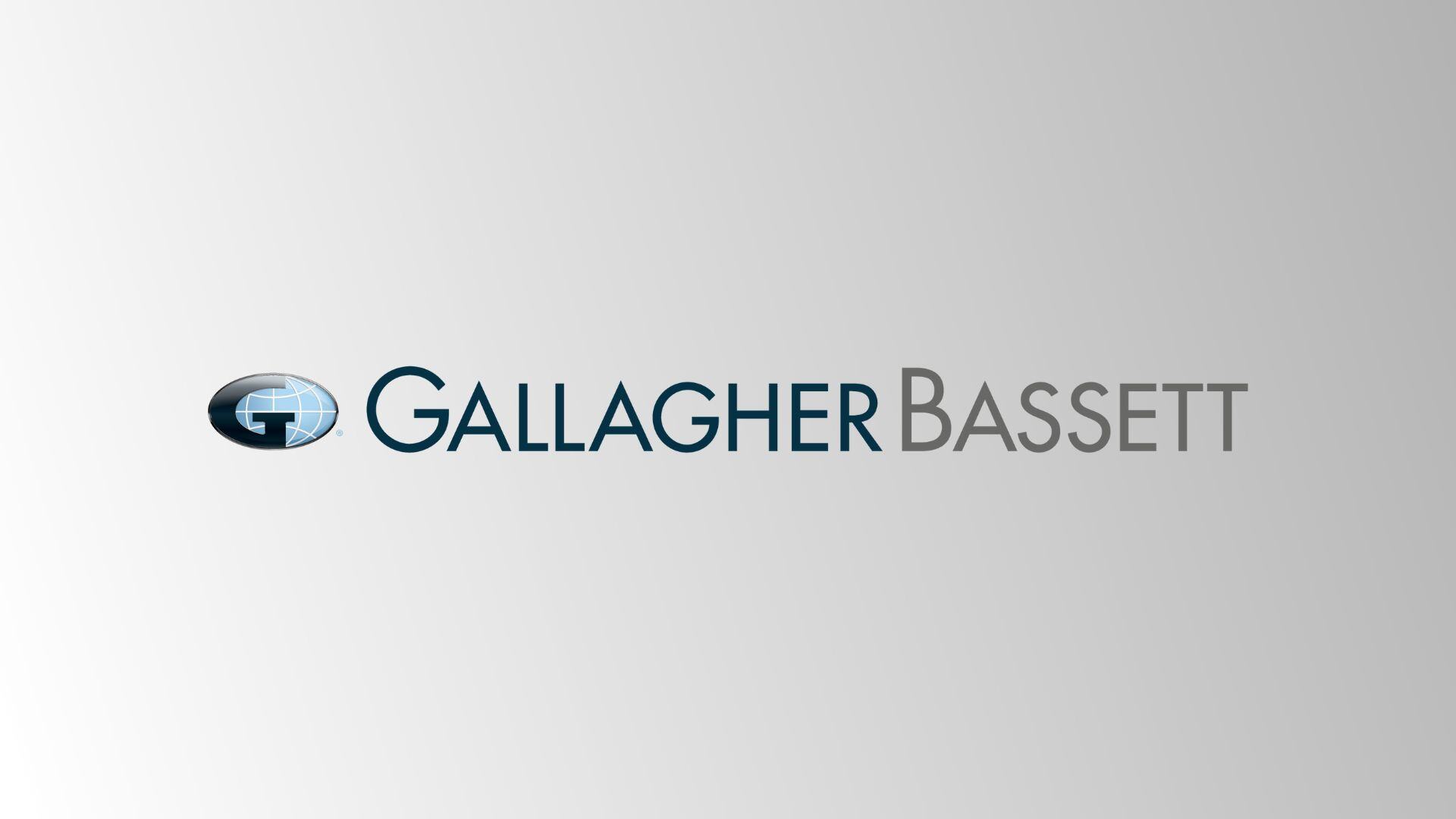What is Self Insurance?

Key Points
- Self insurance is a business strategy where an organisation sets aside funds to manage a portion of its own risk, rather than relying on an insurer
- Self insurance can be applied to almost any class of risk, including liability, property, motor vehicle and workers’ compensation
- Organisations wishing to self insure accept responsibility for claims management, which can be done internally or outsourced to a third party such as Gallagher Bassett
Self insurance is the term used to describe a situation whereby a company opts to retain some of its potential financial risks, rather than to transfer those risks to a third party like an insurance company. In doing so the company chooses to pay its own losses arising from those risks. Generally speaking, the organisation will fund any claims from either its working capital, its general savings or from a specifically established and managed funding reserve.
As an individual, you probably already ‘self insure’ without actually realising it. Did you turn down that extended warranty offered when you last bought an electrical product or did you choose to pick a larger than standard excess on you motor policy this year? By choosing to run the risk that the electrical item would not break down just after the manufacturer’s guarantee period or by extending your vehicle excess to reduce the premium because you believe you are a safe driver, you have consciously made the decision either not to take (or to take reduced) insurance cover and to carry some of the risk personally. The concept is very similar for businesses.
In the Australian business world, the simplest form of self insurance is similar to the concept of you choosing that larger excess on your motor policy; it is called a “deductible”. Where you may extend your excess from say $300 to $600, an organisation with a large fleet of vehicles could easily take out a $5000 deductible, or even larger. By doing this the company takes on the responsibility for the small accidents but still has insurance to cover more serious accident repairs, which might be difficult to finance from immediate cash flow.
In fact, it is quite unusual for organisations to completely self insure; in other words to carry 100% of the risk themselves. Even those companies with a strong appetite for risk, and with a healthy balance sheet, tend to have some conventional insurance cover to guard against catastrophic situations. GB acts as claims administrator for a major corporation that self insures in one class of business up to $1,000,000. Any claim that arises below this sum comes out of their own funds; but of course they do not pay premiums to an insurance company, choosing to invest the money saved to create a funding reserve. However, even such a major corporate business has some catastrophe cover.
Perhaps the most common form of self insurance is what is known as a “Self Insured Retention” layer often referred to as an SIR. Following the same concept, the organisation agrees a SIR level with their insurer. In practice this is generally arranged through their broker. It can be arranged for just about any class of business including liability risk, property, motor vehicle etc. It is common place for these arrangements to act in what is termed an “aggregate deductible” basis. Here the organisation limits there risk in two ways rather than one.
Taking the fleet of motor vehicles as an example again, the client may arrange for a deductible of $5000 for each claim but with say a $50,000 aggregate. In this situation not only do they limit their individual claim risk to $5000 per event, once the aggregate value is breached in the 12 month period all additional claims are fully funded by the insurer without the client having to fund another deductible. The important factor here is that this limits the client’s total exposure in any one year.
Some organisations go to the extent of setting up their own insurance company which is called a “Captive Insurer”. The captive operates in the same way as an insurer but it only has one ‘customer’ being the self insured Corporation. Of course, that Corporation may have sub-entities and different brands insured within that same captive.
A company choosing to self insure their workers’ compensation risk is rather more complex but follows the same basic principles. In this area, there is strict regulatory compliance required before an entity can achieve a self insurance license, to ensure that the workforce is properly protected.
Whichever class of business an organisation chooses to self insure, it is critical capture the details of incidents arising and of claims being made. Those incidents and claims need managing and whilst some organisations set up internal departments to handle these, others engage the services of specialist TPAs to manage their program.
GB offers a range of Self Insurance solutions across all classes of insurance.If you would like more information on how self insured options operate or you have a self insured program that you think Gallagher Bassett can assist with please do not hesitate to contact us.
Author

